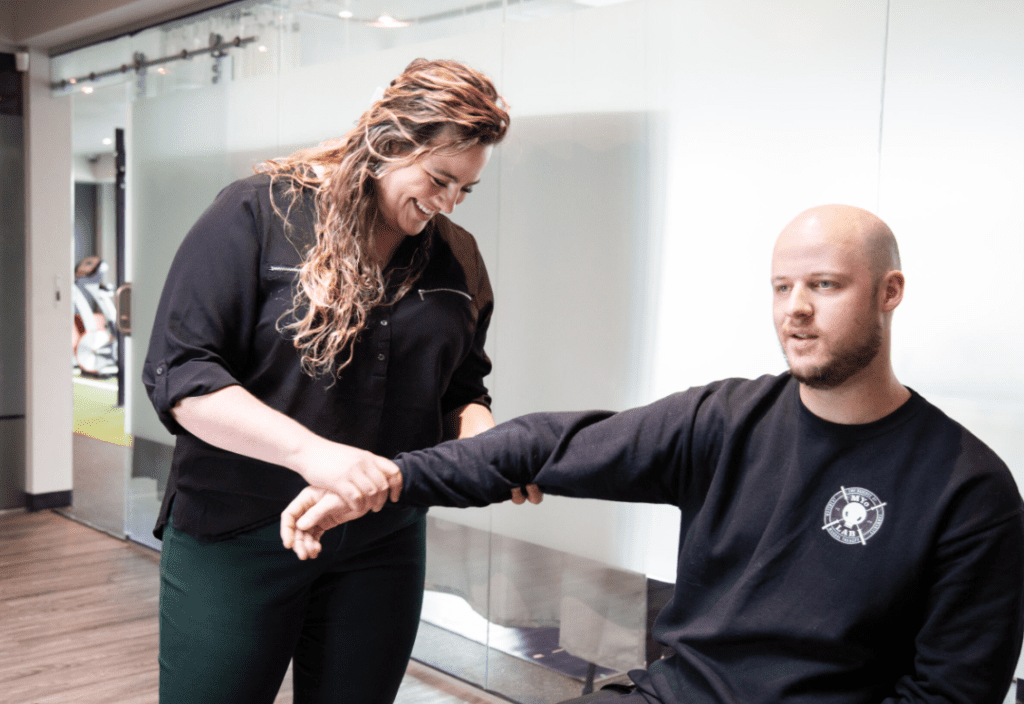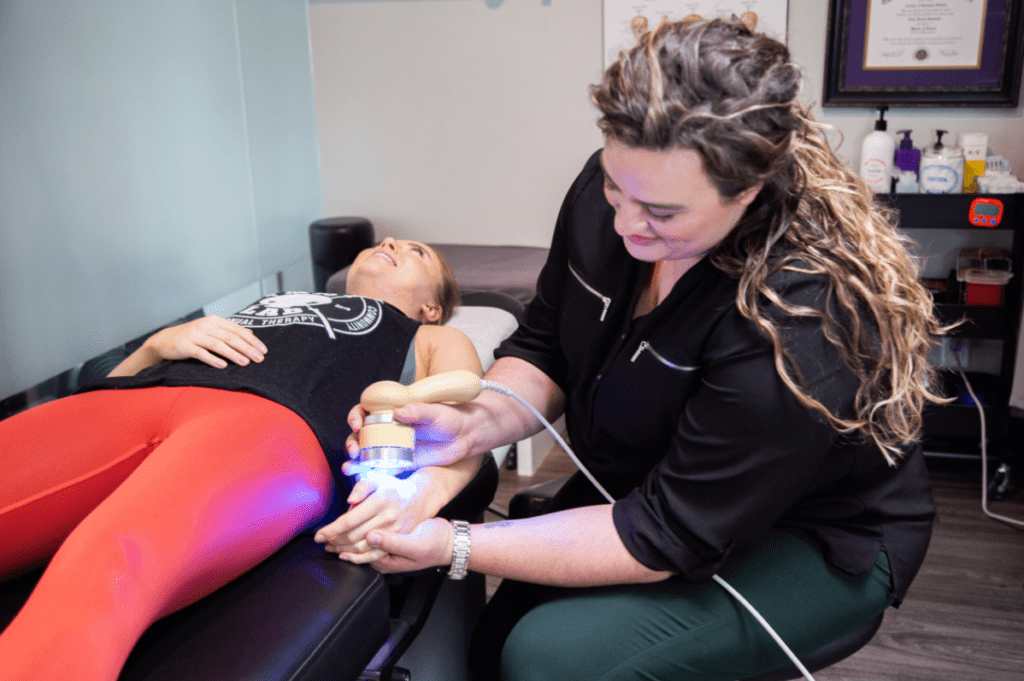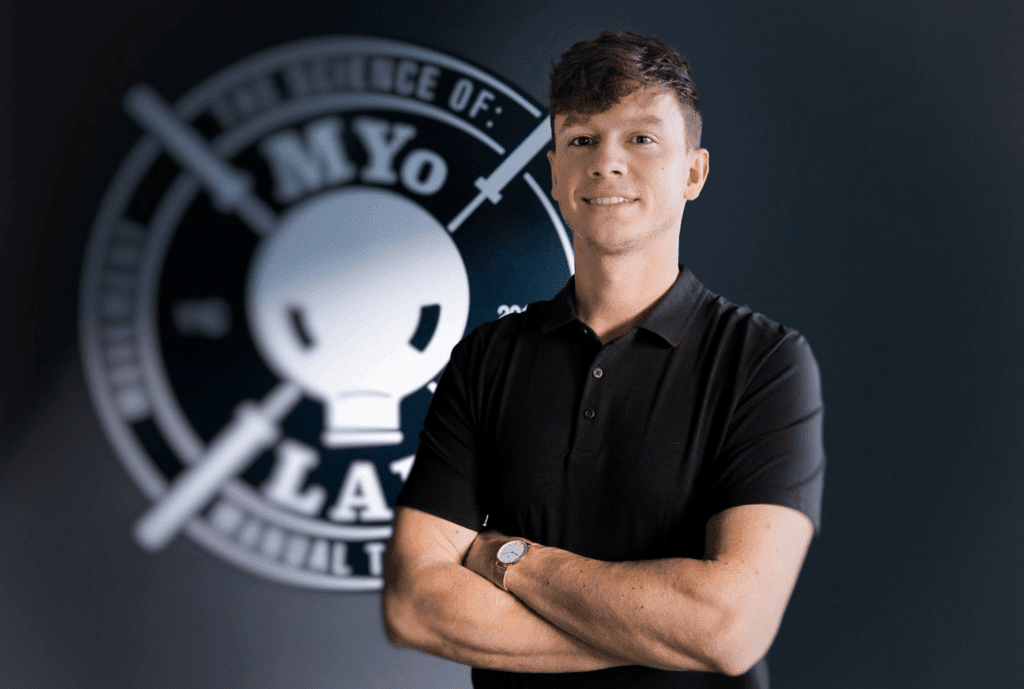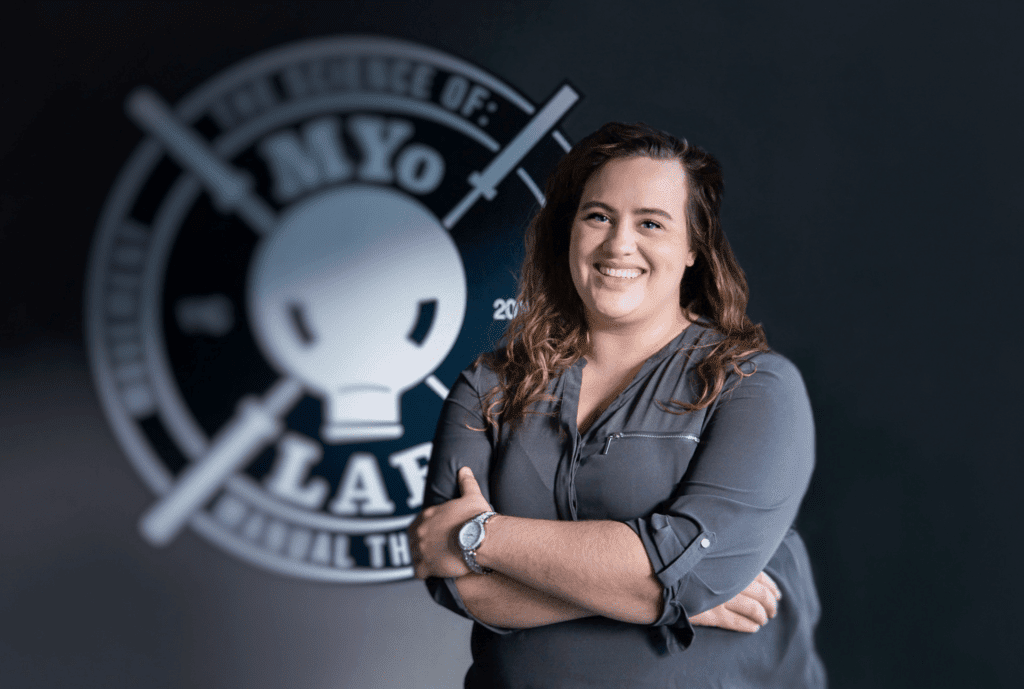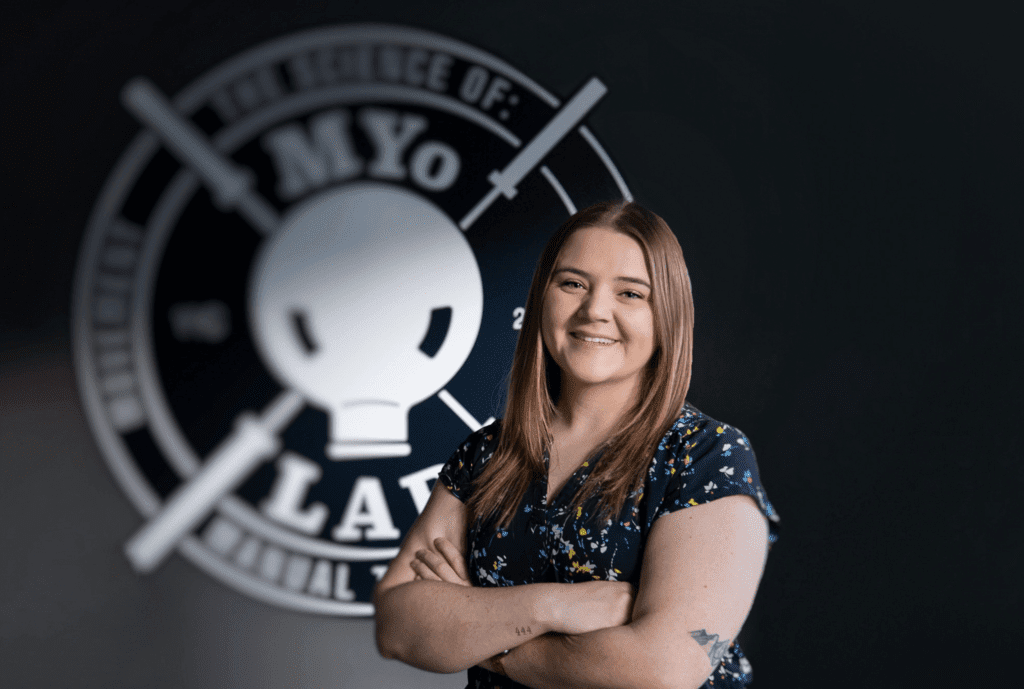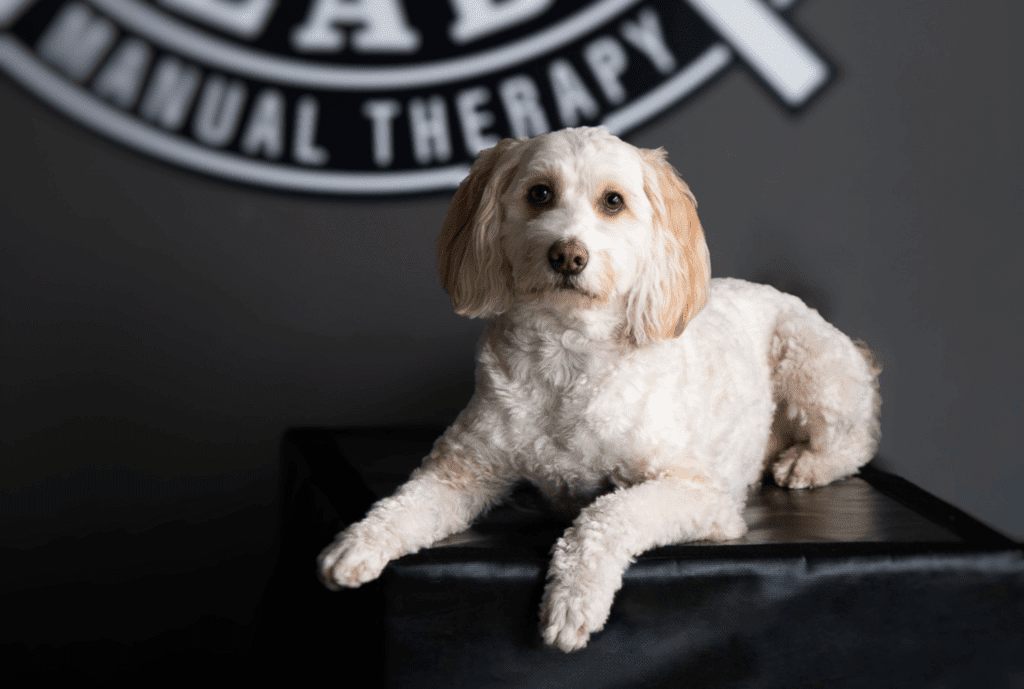Wrist and elbow pain can sneak into your daily life, turning simple tasks into challenging hurdles. They may emerge independently or present together. From working to enjoying your favorite sport, discomfort in these areas can limit your range of motion and, ultimately, quality of life.
At MYo Lab, we understand how frustrating these pains can be, and our Chiropractic care is designed to identify and address the root cause, and help you find lasting relief. Whether it’s carpal tunnel syndrome, tennis elbow, arthritis, or general strain, our tailored treatments get to the bottom of it to restore your strength and flexibility.
